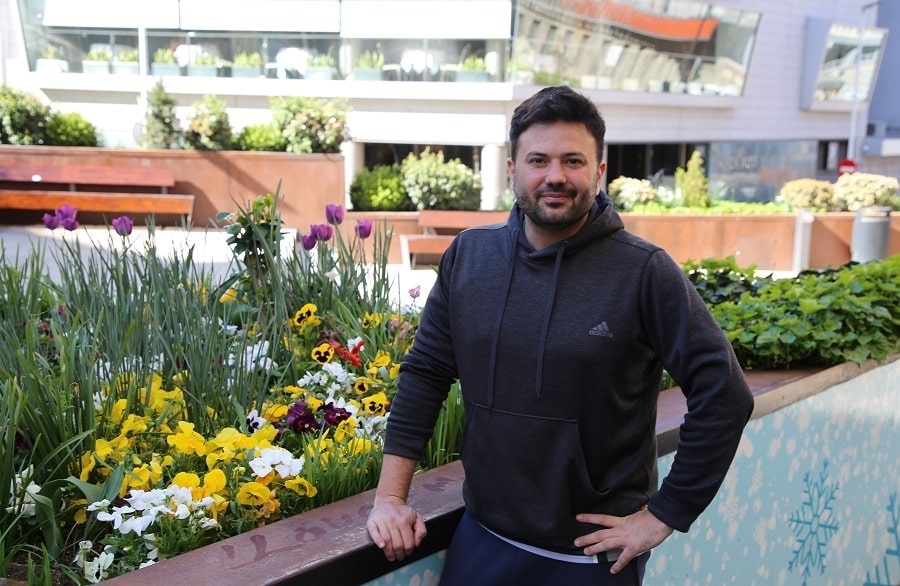 The fourth Andorran mountain shelter (el refugi de l’Illa) has just opened in Andorra (Pyrenees). This modern building is located in the valley Madriu-Perafita-Claror, the only UNESCO cultural heritage site in Andorra. One of the architects of this environmental project Lluís Ginjaume told all-andorra.com about the features of the hut, whose construction is proof of Andorra’s summer eco-tourism development:
The fourth Andorran mountain shelter (el refugi de l’Illa) has just opened in Andorra (Pyrenees). This modern building is located in the valley Madriu-Perafita-Claror, the only UNESCO cultural heritage site in Andorra. One of the architects of this environmental project Lluís Ginjaume told all-andorra.com about the features of the hut, whose construction is proof of Andorra’s summer eco-tourism development:
“The new Illa mountain shelter is situated at 2488 m above sea level in the idyllic surroundings of the Andorran Pyrenees. We, a team of architects (Ginjaume&Arteks), designed this place for 50 people – eco tourism lovers (this place is far away from roads and there only two options to get there – by foot and by helicopter). The total building area is 375 square meters. Inside the building there are showers, toilets, a kitchen, large living room and an outdoor terrace.
The main difficulties we encountered when carrying out the project were the interaction with the protected and sensitive environment’s pre-existences (UNESCO World Cultural Heritage), the extreme weather conditions that only allowed work to be done during the summer, an enclave without road access and finally the energy self-sufficiency aim that we had.
To tried to make this mountain hut as wild and as comfortable as possible at the same time. Using the existing building (which was about 50 years-old) as a structural base helped us to minimize the economic cost and the generation of waste in an environmentally sensitive habitat. The total budget of the project was about 1.7 million euros, provided by the Government of Andorra.
A characteristic and unique fact that has endowed an added complexity to the whole process and which determined the light and prefabricated materials that had to be used, has been that the site can only be reached by helicopter. Most of the interior elements are wooden, prefabricated in workshops beforehand and assembled on site. As a result, the building weighs about a third of a conventional construction of the same characteristics and its total construction time has been only 6 months.
It is important to say that the building is 100% disconnected from any energy supply network. Because of this, one goal was to be able to have at least 4 days of energy self-sufficiency on standby. To achieve it, the whole project was grouped in the new building which is perfectly isolated and conditioned, leaving the rest of the project related to the services in the existing one.
The installations are an important factor in order to achieve self-sufficiency and include solar and photovoltaic panels. The autonomous system to treat water is equipped with coconut filters, meaning they can later be recycled, and finally, a controlled and efficient ventilation system avoids the direct exchange of air with the extreme exterior cold.
I would say that the results respond to the natural habitat’s evolution and also to the new uses and the rapid growth of mountain activities in the Pyrenean environment, turning the old and deteriorated building into a modern mountain hut, the 4th higher shelter in the Pyrenees. A place prepared to accommodate both hikers and guards who live together comfortably and cozily, in a hut equipped with all the necessary services to enjoy a unique and privileged environment.
The construction of such buildings is a part of the government program for the development of eco tourism in Andorra – both in winter and summer. In particular, recently, the government has announced it’s plans to rejuvenate the Coronallacs route with a total distance of 92 kilometers, which starts in Escaldes-Engordany and passes through the valley of Madriu-Perafita-Claror (shelter Illa), then through Pessons lake, Bordes d’Envalira and Siscaró to shelter Juclà, then to Borda de Sorteny nearby Ransol reserve and Sorteny natural Park. Then from Sorteny to Comapedrosa shelter (the most difficult part of the road) and finally the descent to Escaldes through Montaner and Sispony. The route is designed for eco-tourism lovers who prefer to travel without big bags – in these 4 shelters there is accommodation and the option to have dinner and breakfast.”
Mina Wenmaster
See also Andorra travel guide
See also Pyrenees travel guide
See also France travel guide
See also Spain travel guide










